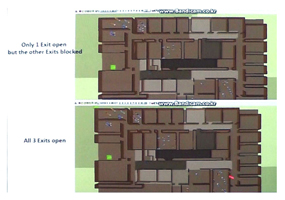 |
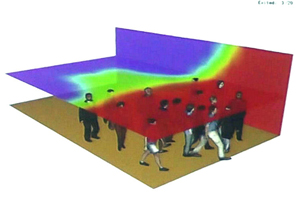 |
| Fire escape simulation at a karaoke store |
Analysis combining "buildingEXODUS and"SMARTFIRE" |
So far, he has written 19 English published papers, 28 papers registered by the research foundation, 61 overseas papers, and 66 domestic papers. These studies show his energetic research activities.
Integrate fire simulation and evacuation simulation
Enhance the safety of buildings by high precision analysis
In Korea, the major way of fire escape simulation is the "non-coupling
method" that designers simulate fire and evacuation separately and
judge the safety by comparing both results.
However, this method easily causes differences by designer and often puts emphasis on the poor visibility due to smoke as the influence of fire.
|
By using the analysis combining the buildingEXODUS and SMARTFIRE, not only smoke but radiant heat and harmful materials can be considered. The analysis considering the limitation against evacuation behaviors achieves a more realistic and high precise result. Differences by designers are also eliminated.
In order to improve the accuracy of the fire and refuge simulation, it is necessary to acquire data such as behaviors and moving speed during evacuation.
In 2014, prof. Choi conducted an evacuation experiment for 117 subjects by using a full-sized maze with eight intersections. The purpose of the experiment was collecting the data for each intersection of subjects' walking speed, direction of movement, and time for decision making according to age and sex.
|
|
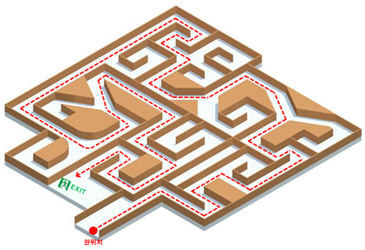 |
| The maze used for the experiment |
|
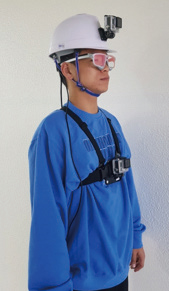 |
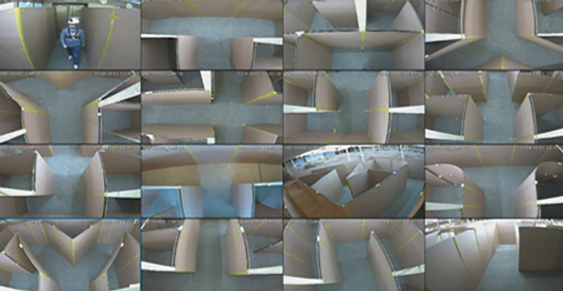 |
(left) Helmet with eye tracker used to measure eye movements
(right) Cameras at junctions recorded the subjects' evacuation behaviors. |
Leadership and door opening direction also affect evacuation time
He carries out questionnaire to conduct deeper analyses on evacuees' actual
emergency behaviors and psychological states such as time until they started
refuge behavior, leader selection, movement speed according to the density
of smoke, and choice of the escape way among elevators, escalators, and
stairs.
"The fire safety engineering consists not only of technologies. We
also have to attach weight on social and experiential sides", he says.
He investigates evacuation behaviors in detail such as door types and opening direction, colour of the guide lights to the emergency exit, positional relationship between the guide sign and the doorknob.
To gain these detailed data, he continues his research to increase data accuracy by utilizing refuge experiment data collecting system in addition to conducting on-site experiment.
 |
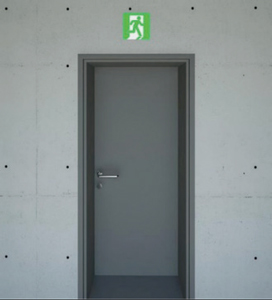 |
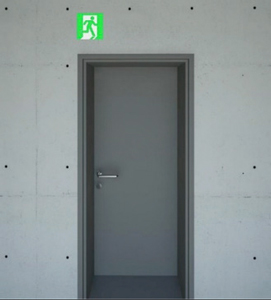 |
| <Inconsistency, I> |
<Neutral, N> |
<Consistency, C> |
| Experiment of effect caused by position gap between doorknob and evacuation
sign |
|
Prof. Choi who takes over the Korean fire safety engineering field by utilizing
the computer simulation is aiming at creating database.
Prof. Choi talks his dream. "There are a large difference between
evacuation behavior of Koreans and Japanese. For example, Koreans wait
only for one or two minutes for elevators coming. The next goal is to create
Korean data by myself for analyses by buildingEXODUS etc".
|
|
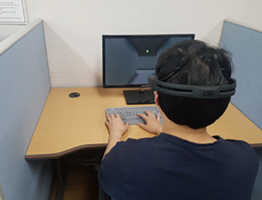 |
| Test by measuring brain wave |
|
|